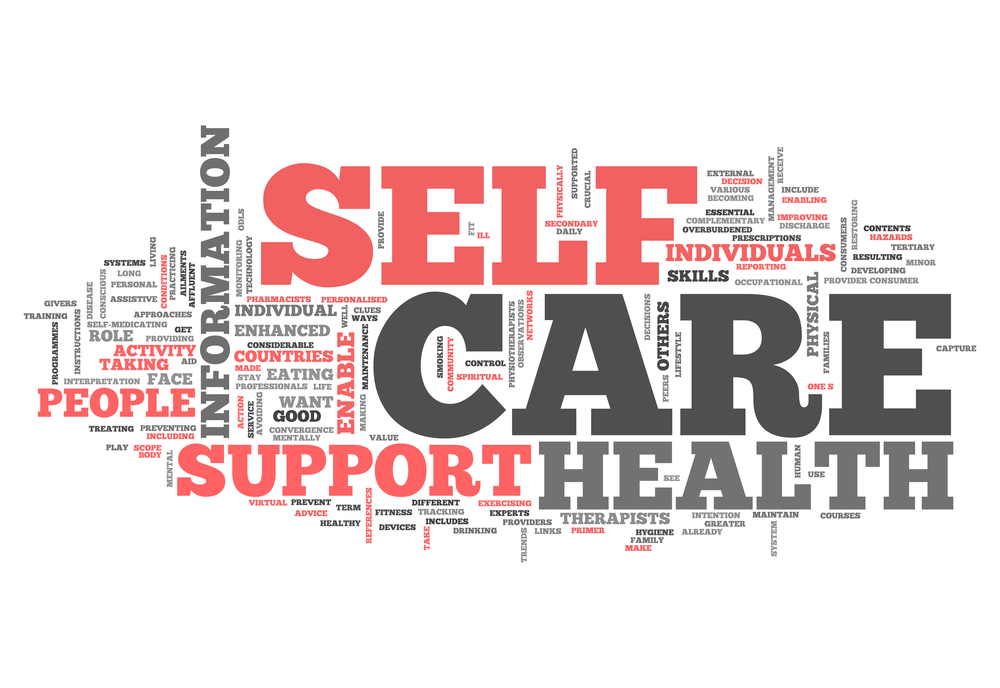3 Ways to Get Out of an Ankylosing Spondylitis Slump
Written by |

Life can be affirming and beautiful, but it also can be hard, random, and totally unfair. We all know this. And all of that is extra real when living with a chronic disease like ankylosing spondylitis (AS).
We may wonder: How does everyone have so much energy all the time while I spend my weeks exhausted and my weekends sleeping? Why am I paying so much for healthcare while everyone just lives their lives? Why am I in pain while everyone is out partying?
If you’re not careful, the AS/chronic disease pity party can get a little too overwhelming (and I would know, it’s why I’m writing this). When you’ve gotten down on yourself, let anger build up, find yourself struggling to feel good — about anything at all — I want to first say that it’s natural. It’s normal. People who have to manage life on top of chronic illness have it rough. But there are some things I try to keep in mind and do whenever things get too dark.
Lean into the darkness
One of the most aggravating ideas is that we have to run from negative thoughts or bury them as deeply as we can so as not to feel them at all. Platitudes like “light and love,” and “low vibes” are condescending and reductive. I believe that one way to get past the darkness is to move through it.
“Darkness is not something our American culture is very comfortable with,” writes Josh Gressel, PhD, in Psychology Today. “Not liking it doesn’t make it go away. Recognizing its existence better prepares us for it when it appears in our lives.”
First, acknowledging thoughts of anger, jealousy, and instability is part of the process. Before we can get to self-compassion and healing, we sometimes need to feel it. I like to use a journal for this part — the crappy part. I list out all of my emotions, why I feel them, and what I’d prefer to be feeling. Just saying it aloud helps me confront the issue and get the thoughts out of my mind.
I also find this helpful because it can be hard to unload on everyone you know and care about.
Practice self-compassion
When I was first diagnosed with AS, I felt a lot of self-doubt. I started doubting my future, my body, and my daily habits, and wondered if I was making myself worse. Should I be doing something better? It got to the point where I was frustrated with myself for thinking so negatively, but I couldn’t get out of the cycle.
At some point, I had to step back and treat myself like a friend. I mentally (and physically) listed how I’d suffered and then reframed these issues as obstacles, rather than failures. I began thinking “you’re strong” rather than “you’re weak.” I chose to stop myself mid-thought whenever I’d get down on myself for being tired or cranky, and I’d say, “It’s OK. It’s hard to be in pain all day.”
Do something fun for yourself
AS is tricky. Sometimes I feel really good, but other times I’m down-and-out exhausted. Like I need to nap for three decades straight. Depending on my pain levels and fatigue, sometimes I just need to stop everything and designate a half day or full day to self-care. It’s a trendy word, but it has 100 percent value conceptually. Self-care actually alleviates stress levels — and that’s because cortisol (our stress hormone) is linked to pain and inflammation. So, why not do something that calms your nervous system and allows you to recalibrate and rest?
My AS always flares when I’m stressed, so I’ll do stuff like watch my favorite movie or listen to an ASMR video, paint my nails, wear a face mask, and browse Amazon for a new book to download. It’s mindless. It’s fun. It’s calm. Sometimes I’ll dance. Sometimes I’ll take a long bath. Whatever it is, I focus on it for no other reason than the pleasure it gives me.
What makes you happy? Tell me all about it in the comments or message me on Instagram or Twitter.
Oh, and you can read the rest of my columns here.
***
Note: Ankylosing Spondylitis News is strictly a news and information website about the disease. It does not provide medical advice, diagnosis, or treatment. This content is not intended to be a substitute for professional medical advice, diagnosis, or treatment. Always seek the advice of your physician or other qualified health provider with any questions you may have regarding a medical condition. Never disregard professional medical advice or delay in seeking it because of something you have read on this website. The opinions expressed in this column are not those of Ankylosing Spondylitis News, or its parent company, Bionews Services, and are intended to spark discussion about issues pertaining to ankylosing spondylitis.






Leave a comment
Fill in the required fields to post. Your email address will not be published.